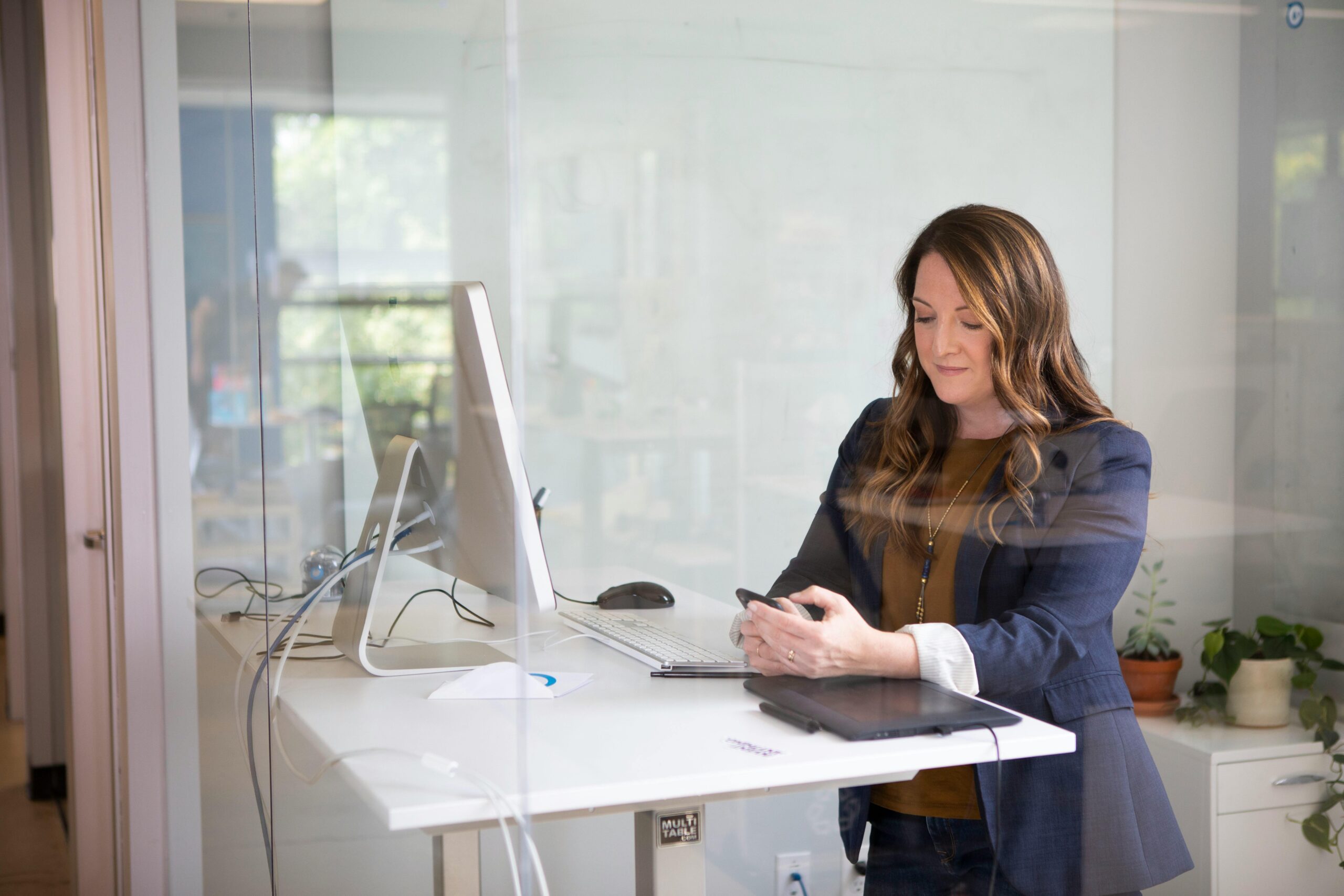If you’re like most people, your workday involves long hours spent sitting at a desk, typing away, attending meetings, and scrolling through emails. While technology has made our jobs more efficient, it’s also created a sedentary work culture that’s not doing our bodies any favors. Hours of sitting can lead to stiff muscles, poor posture, and even increase the risk of chronic health conditions like heart disease and diabetes.
Please like, comment, and share this article if you found it helpful and
informative.
For more news check out Big Town Bulletin News
For more from Big Town Bulletin check out Big Town Bulletin
But don’t worry — staying active at work doesn’t require a complete office overhaul or a daily trip to the gym. With a few simple tweaks to your routine, you can get moving, boost your energy, and improve your overall well-being without ever leaving the office.
Here are some practical tips to help you stay active at work, even on your busiest days.
1. Take Frequent Breaks to Move
Sitting for long periods isn’t just uncomfortable; it can actually be harmful. Studies have shown that prolonged sitting can contribute to poor circulation, back pain, and even increase your risk for cardiovascular issues. To combat this, make a habit of standing up and moving around every 30 to 60 minutes.
Try these break ideas:
- Stretching: Take a few minutes to stretch your arms, neck, and legs. Stretching can help relieve tension and improve circulation.
- Walking: If possible, take a quick walk around the office or down the hall. A five-minute stroll can get your blood flowing and refresh your mind.
- Standing: Stand while taking phone calls or doing simple tasks like reading emails. You can also try a standing desk or a convertible desk that allows you to alternate between sitting and standing.
2. Use a Standing Desk or Desk Converter
Standing desks are becoming more common in offices, and for good reason. Alternating between sitting and standing throughout the day helps reduce the negative effects of prolonged sitting. If your office doesn’t provide standing desks, consider investing in a desk converter — a portable platform that lets you raise your computer to standing height.
When you stand, make sure to:
- Keep your knees slightly bent to avoid locking them.
- Maintain a neutral spine position — avoid slouching or arching your back too much.
- Wear comfortable shoes with good support.
3. Incorporate Movement into Your Daily Routine
You don’t have to be in the gym to stay active. Look for ways to sneak in physical activity throughout your day, especially during routine tasks.
- Take the stairs instead of the elevator. Climbing stairs is an excellent way to strengthen your legs and get your heart rate up.
- Walk or bike to work, if it’s feasible. If you drive, consider parking further away from the entrance and walking the extra distance.
- Lunchtime walks: Instead of sitting during lunch, take a walk around the block. A brisk 10-15 minute walk can improve digestion, reduce stress, and give you a mental break.
- Stretch at your desk: Incorporate simple stretches, like neck rolls, shoulder shrugs, and seated leg lifts, while you work. These can help release tension in your muscles and improve your posture.
4. Try Desk Exercises
If you’re pressed for time but still want to get your body moving, desk exercises are a great option. You can do many of these right from your chair, and they only take a few minutes.
- Seated leg raises: Sit up straight and extend one leg out in front of you. Hold for 5-10 seconds, then switch legs. This exercise strengthens your thighs and engages your core.
- Chair squats: Stand up from your chair, then lower yourself back down until your thighs are parallel to the ground (without actually sitting down). This works your legs and glutes.
- Seated twists: Sit tall and gently twist your torso to one side, holding for a few seconds, then switch sides. This stretches your spine and helps with flexibility.
5. Stay Hydrated and Drink Water
This might seem like a small tip, but staying hydrated is essential for maintaining energy and focus throughout the day. Plus, drinking plenty of water means you’ll be getting up to refill your water bottle and head to the bathroom — naturally prompting movement.
Keep a water bottle on your desk and sip it throughout the day. Not only will this help you stay active, but it will also keep you alert and focused.
6. Join or Organize Office Wellness Challenges
Many offices are now offering wellness programs to encourage employees to stay active. If your workplace doesn’t have one, why not start your own? Organizing challenges like a step competition, where you track your steps each day, or a group workout session during lunch breaks can motivate you and your coworkers to stay active.
These activities help build camaraderie while also encouraging movement. Plus, setting goals and tracking progress can be a great way to stay accountable.
7. Consider Active Commuting Options
If you’re able to, consider swapping your commute for a more active option. Walking or cycling to work is not only great exercise but also gives you a chance to enjoy fresh air before and after a long day at the office.
If cycling or walking isn’t an option, you could also try public transportation, which often involves walking to and from bus or train stations, helping you get more steps in.
Final Thoughts
Staying active at work doesn’t mean you need to spend hours in the gym or overhaul your entire routine. By making small adjustments to your day and looking for opportunities to move, you can significantly improve your physical health and mental well-being. Whether it’s taking the stairs, using a standing desk, or simply stretching at your desk, every little bit of movement counts.
Remember, a healthier office environment starts with you. Small, consistent efforts can lead to big changes — and who doesn’t want to feel better, more energized, and more focused at work? So, get moving, and make staying active a natural part of your workday!
Please like, comment, and share this article if you found it helpful and
informative.
For more news check out Big Town Bulletin News
For more from Big Town Bulletin check out Big Town Bulletin


